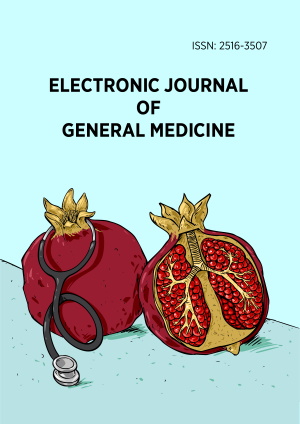Abstract
The multi-trait-multi-method matrix (MTMM) is a robust method for assessing scale validity, offering a structured approach to evaluating convergent and discriminant validity by examining multiple traits measured through multiple methods. The rationale for this study stemmed from the need to distinguish between closely related constructs: pain, discomfort, and happiness in patients with advanced cancer, where accurate measurement is critical for effective symptom management. The objective was to assess the validity of these measurements using MTMM, ensuring that each construct was distinct yet reliably captured across different assessment tools. The methodology employed a cross-sectional descriptive design involving 100 patients with advanced cancer. Participants completed six questionnaires: two pain scales (numeric and non-verbal), two discomfort scales (scale and questionnaire), and two happiness measures (scale and questionnaire). The mean pain scores were 6.7 ± 2.4 (numeric scale) and 5.2 ± 2.6 (non-verbal scale), while discomfort scores were 26.6 ± 6.2 (scale) and 26.9 ± 8.0 (questionnaire). Happiness scores were 3.6 ± 1.2 (scale) and 3.2 ± 1.1 (questionnaire). Key findings revealed strong validity diagonals (r = 0.66 to r = 0.89), supporting convergent validity, while correlations between different constructs using rating scales (r = -.29 to r = .77) and hetero-trait–hetero-method coefficients (r = -.31 to r = .79) provided evidence for discriminant validity. The findings confirm MTMM as a gold-standard method in the measurement world for distinguishing between pain and discomfort in patients with advanced stages, reinforcing its utility in clinical research where precise construct differentiation is essential.
License
This is an open access article distributed under the Creative Commons Attribution License which permits unrestricted use, distribution, and reproduction in any medium, provided the original work is properly cited.
Article Type: Original Article
ELECTRON J GEN MED, Volume 22, Issue 4, August 2025, Article No: em657
https://doi.org/10.29333/ejgm/16304
Publication date: 01 Jul 2025
Online publication date: 30 Apr 2025
Article Views: 1626
Article Downloads: 1012
Open Access References How to cite this article
 Full Text (PDF)
Full Text (PDF)